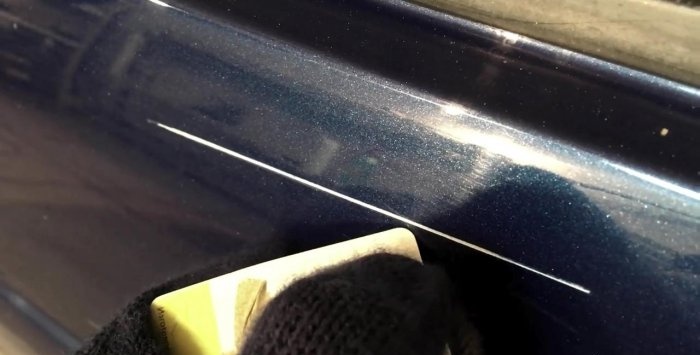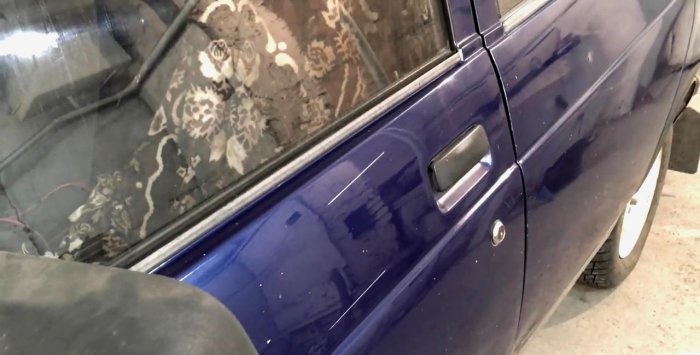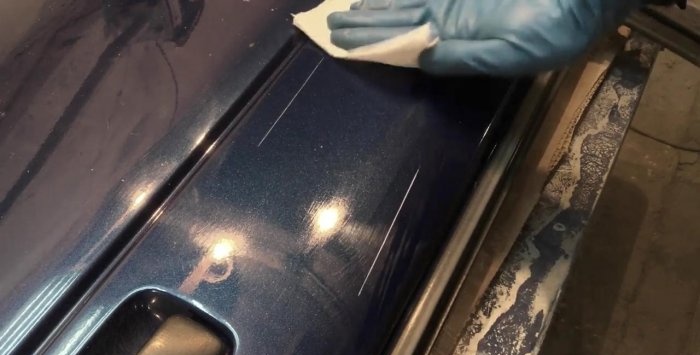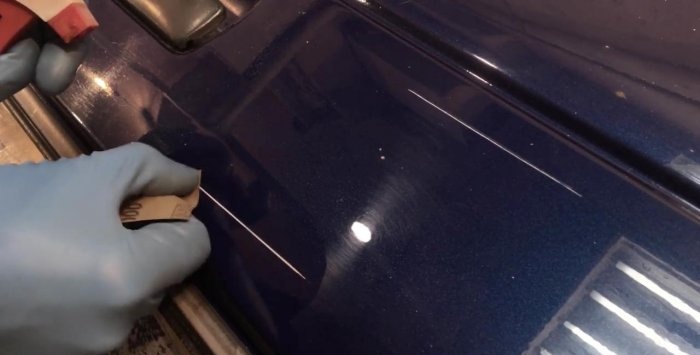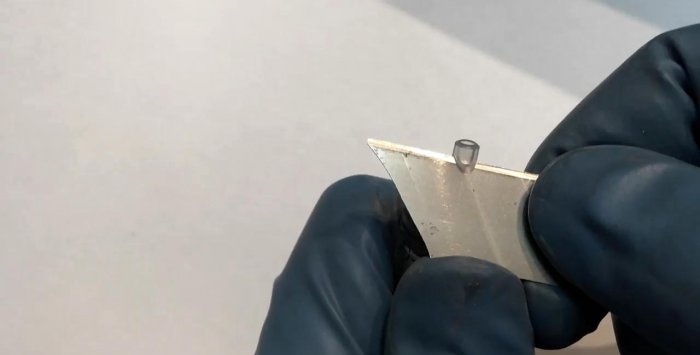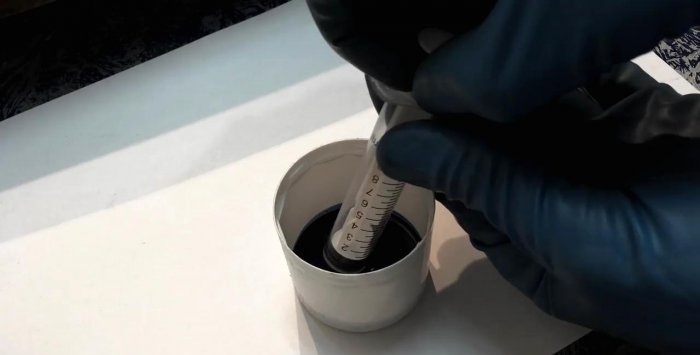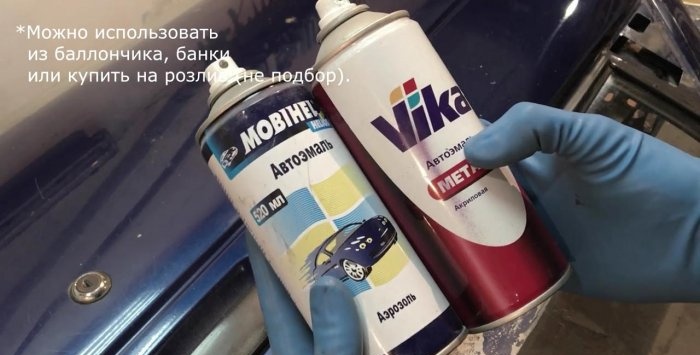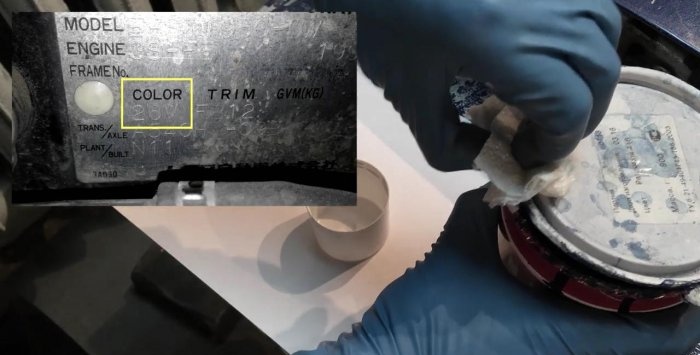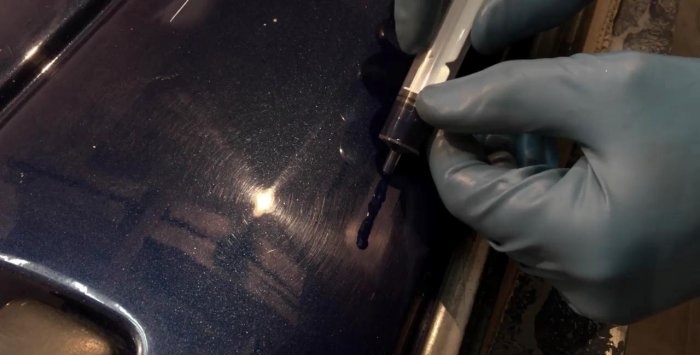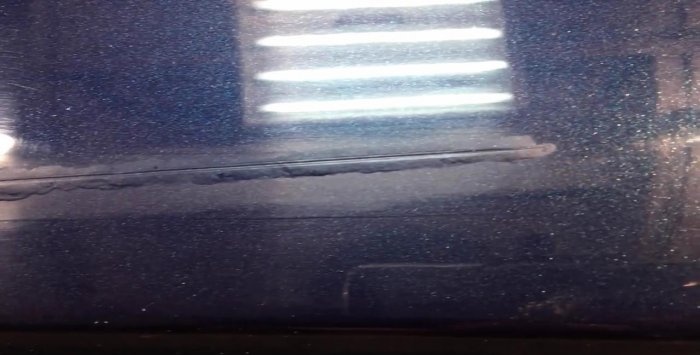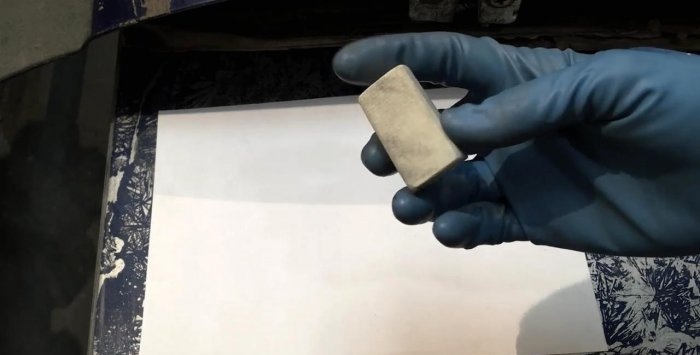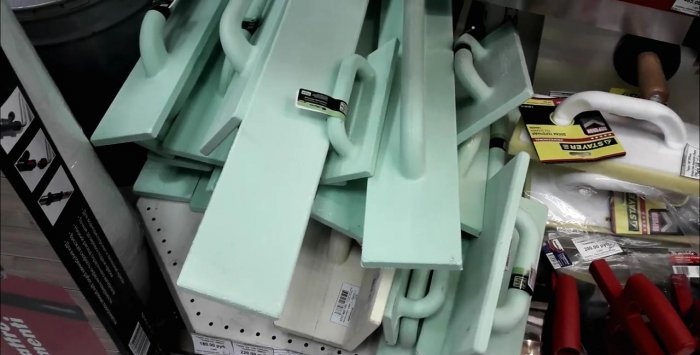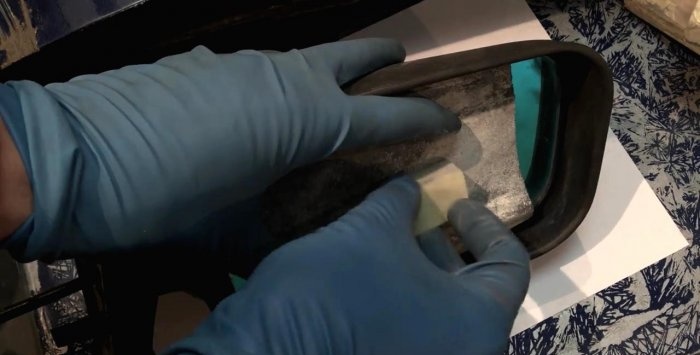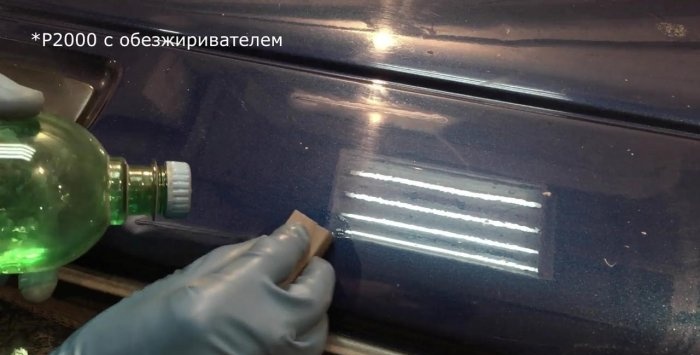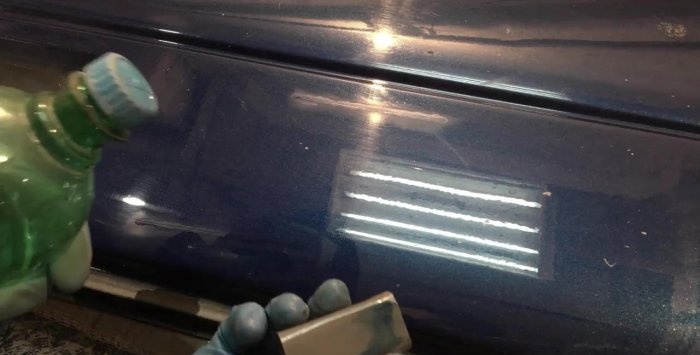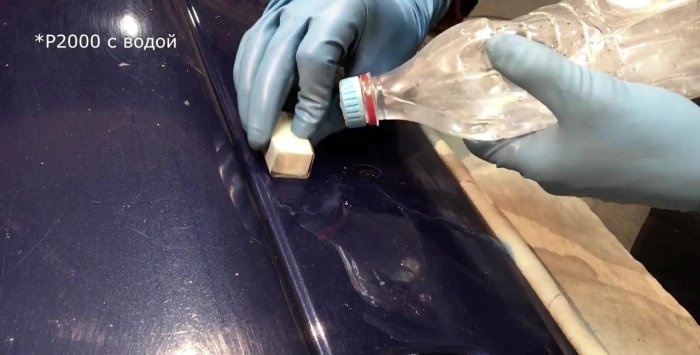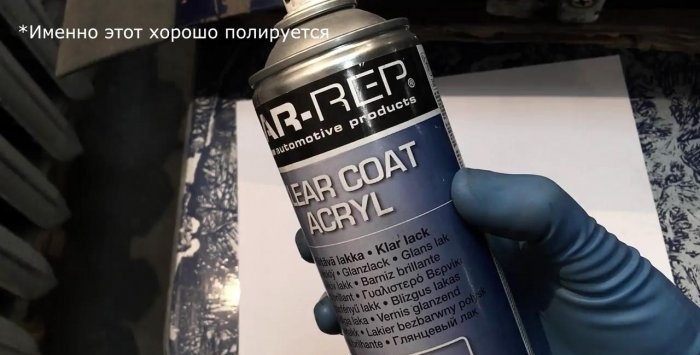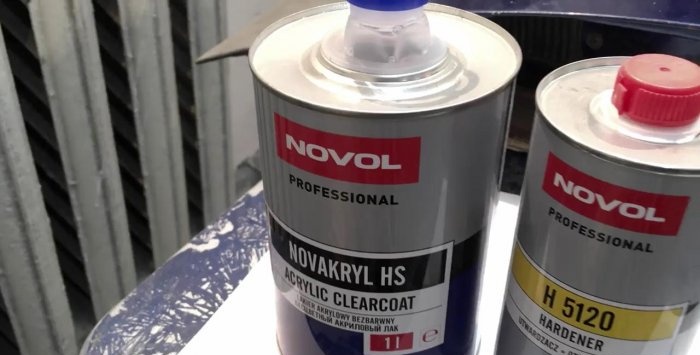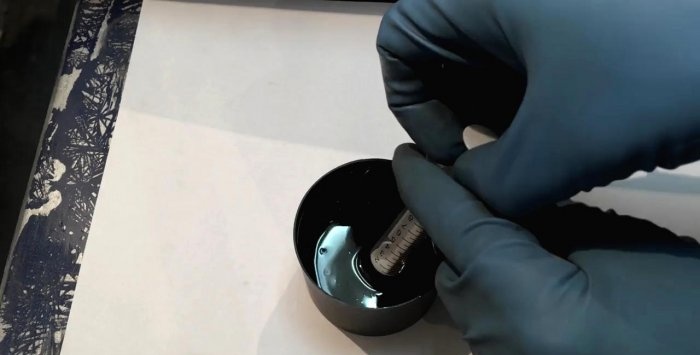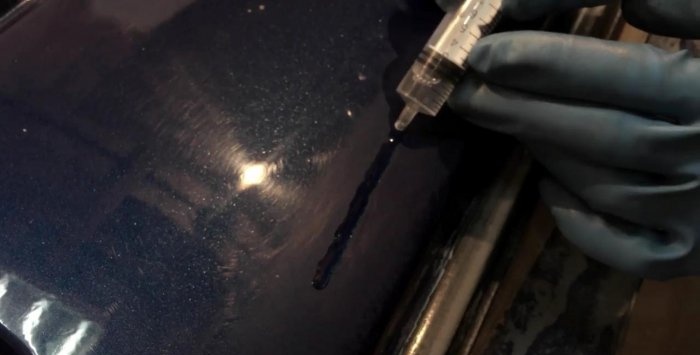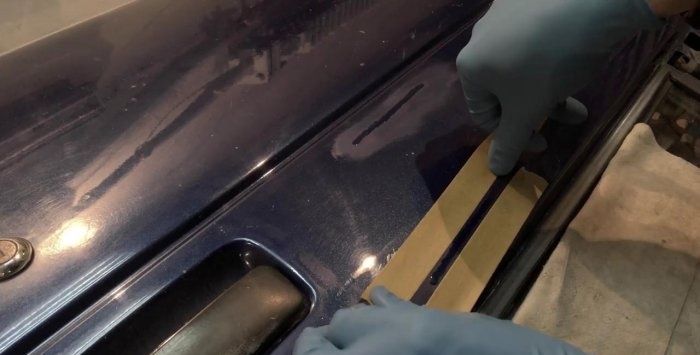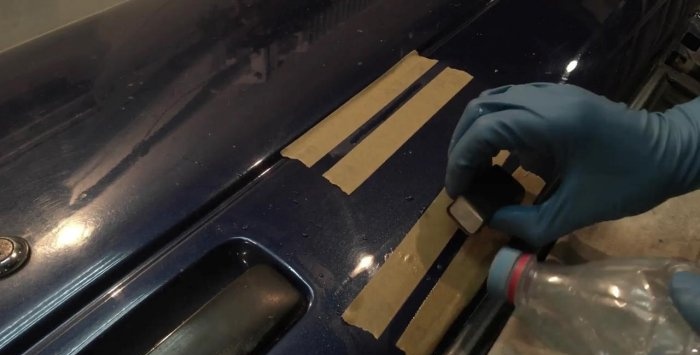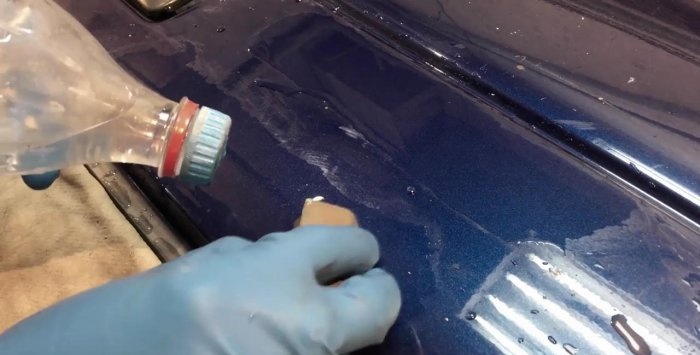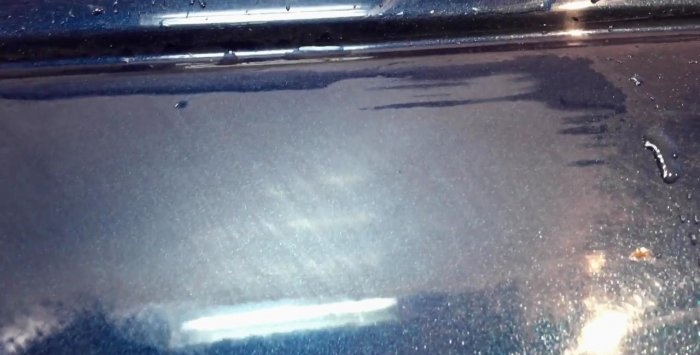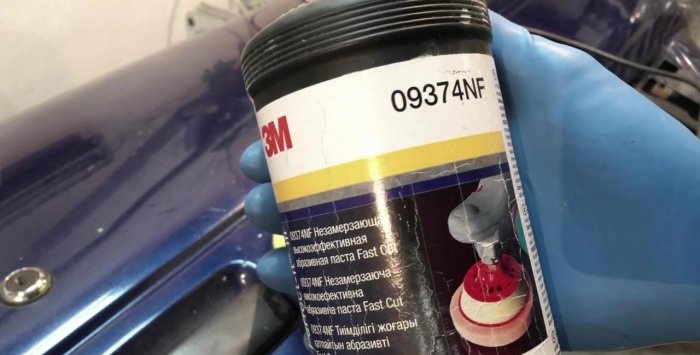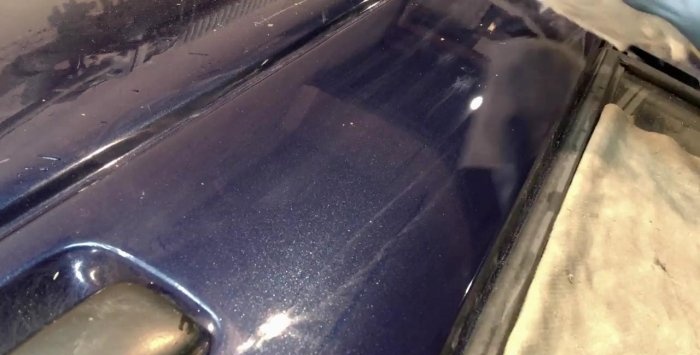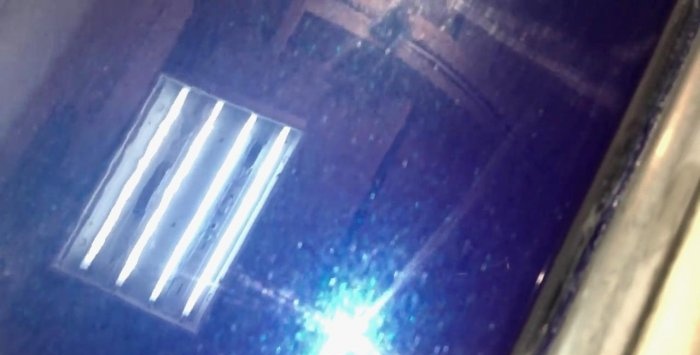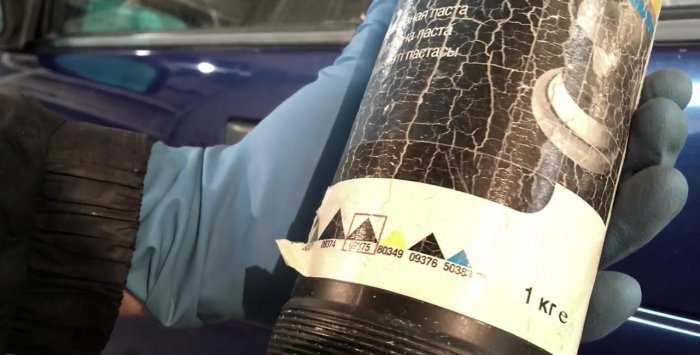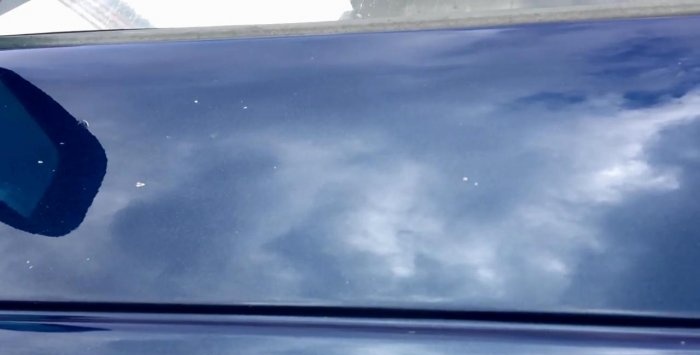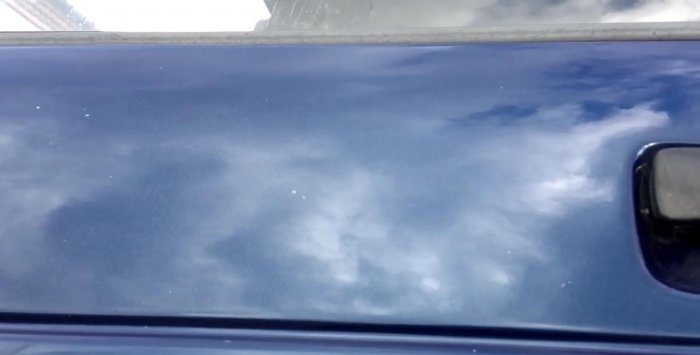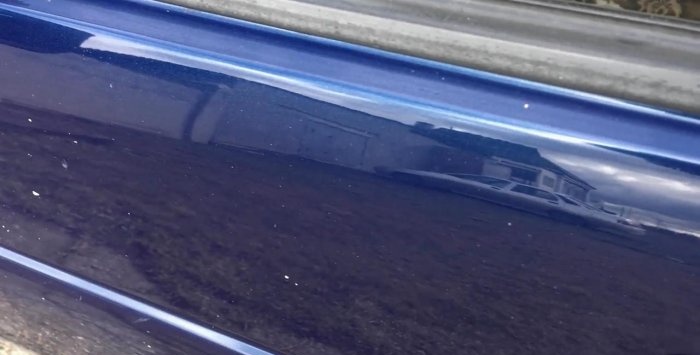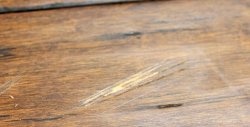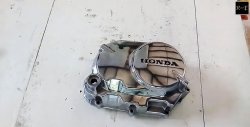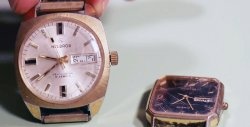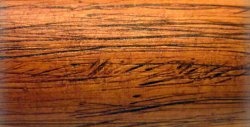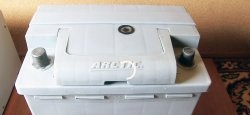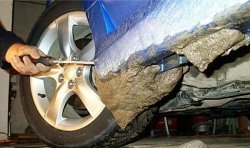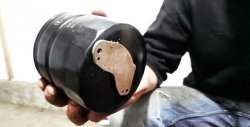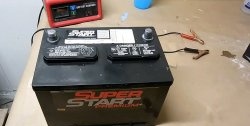How to remove deep scratches on a car
Often, deep scratches appear on the doors and other surfaces of the car, which cross not only the top varnish coating, but also the paint and primer itself. It is impossible to remove such defects with ordinary polishing or a marker. There is a painstaking but effective way to independently restore the paintwork on scratches so that the repair site remains invisible.
Required materials and tools
The proposed method is not free, since it will require the purchase of paints and varnishes. However, it will be less expensive than hiring a professional car painter.
Materials you will need:
- degreaser;
- dye;
- acrylic lacquer;
- abrasive paste for primary processing;
- finishing polish.
You also need to prepare the tools:
- a set of sheets of sandpaper with grit P120, P1000, P2000 and P3000;
- medical syringe 5 cc cm – 2 pcs.;
- masking tape;
- medium hard polishing wheel;
- soft polishing wheel.
Sequence of the deep scratch removal process
First you need to sand the scratch to remove sharp corners resulting from deformation of the varnish. This should be done with P2000 grit sandpaper. Wet sanding with moistening with a degreaser is used.
It is strictly forbidden to moisten with water, since if there are exposed areas of metal, rust will appear.
You need to take a small amount of paint into a separate container and fill it into a syringe with the nose cut at 45 degrees.
It is acceptable to use paint with a slight discrepancy in tone.
You can purchase it in a can and simply spray it into the cap in a volume of 1-2 ml, or buy it on tap at an auto enamels store.
The paint is squeezed out from the syringe onto the scratches in a thin line. It turns out to apply a thicker layer at a time than when using an art brush. After drying, you need to cover the scratch with another layer of paint in the same way.
After the second layer hardens, the scratch acquires a convex relief that should be removed. To do this, you need to use the same P2000 sandpaper. It is placed on a miniature block, approximately 2x4 cm in size.
It can be cut from wood or foam float for plastering work.
Before applying zero sandpaper, the working surface of the block must be leveled. This can be done by sanding the desired side using P120 sandpaper and then placing it on the glass or mirror to achieve a perfectly flat plane.
Using light movements, you need to sand the protruding paint along the scratch line.
Wet grinding is used, but with water wetting, since the paint completely covers the bare metal and rust will not occur.
After polishing, you need to apply a layer of varnish over the restored base.
This is done with a new syringe with the nose cut off at 45 degrees.
You can use a two-component varnish or an acrylic composition from a spray can, after spraying it into the cap. You should try to squeeze the varnish out of the syringe in one layer without forming gaps.
When the fresh varnish has dried, apply masking tape to the sides of the scratch. It will protect the old layer of varnish so that it does not rub off when sanding.
You must first apply P1000 sandpaper to the existing block and use it to remove the thick layer of fresh varnish applied with a syringe. Painting tape running along the rim will prevent removal of adjacent surfaces. Grinding is carried out with water.
Next, you need to tear off the old tape and stick a new tape along the scratches, but a little wider. After this, re-grinding is carried out using P2000 sandpaper.
After tearing off the masking tape again, you can proceed to polishing using P3000 sandpaper. Periodically you need to moisten the surface with water to prevent overheating and to wash away dust. You should polish until the transition between the old and new varnish is completely hidden.
The surface sanded with sandpaper turns out matte, so it needs to be finished to a glossy state.
To do this, apply a starting polishing paste. It can be bought in a small tube or in bulk from a large jar. Polishing is carried out using a medium-hard sponge polishing wheel. It can be placed on a drill, screwdriver or grinder. When working, you need to set the speed to medium and add water. Don't press too hard to avoid removing too much polish.
For final polishing, you can use finishing paste and a soft polishing wheel.If the varnish on the car does not have a high gloss, then final polishing may not be required at all, so as not to highlight the restored area against the general background.
Painting over deep scratches may take several working days, since you will have to observe technological breaks between applying layers of paint and varnish. If you buy all the materials in bulk, then you can quite count on budget repairs, which will cost less than calling a painter. If you want to save even more, you can do the final processing with only a soft sponge polishing wheel and one universal abrasive paste. The main thing at all stages of grinding and polishing is not to forget to wet the surface, not to press, and to act especially carefully on raised parts, since they are wiped very quickly.
Watch the detailed video
Similar master classes
Particularly interesting
Comments (0)

